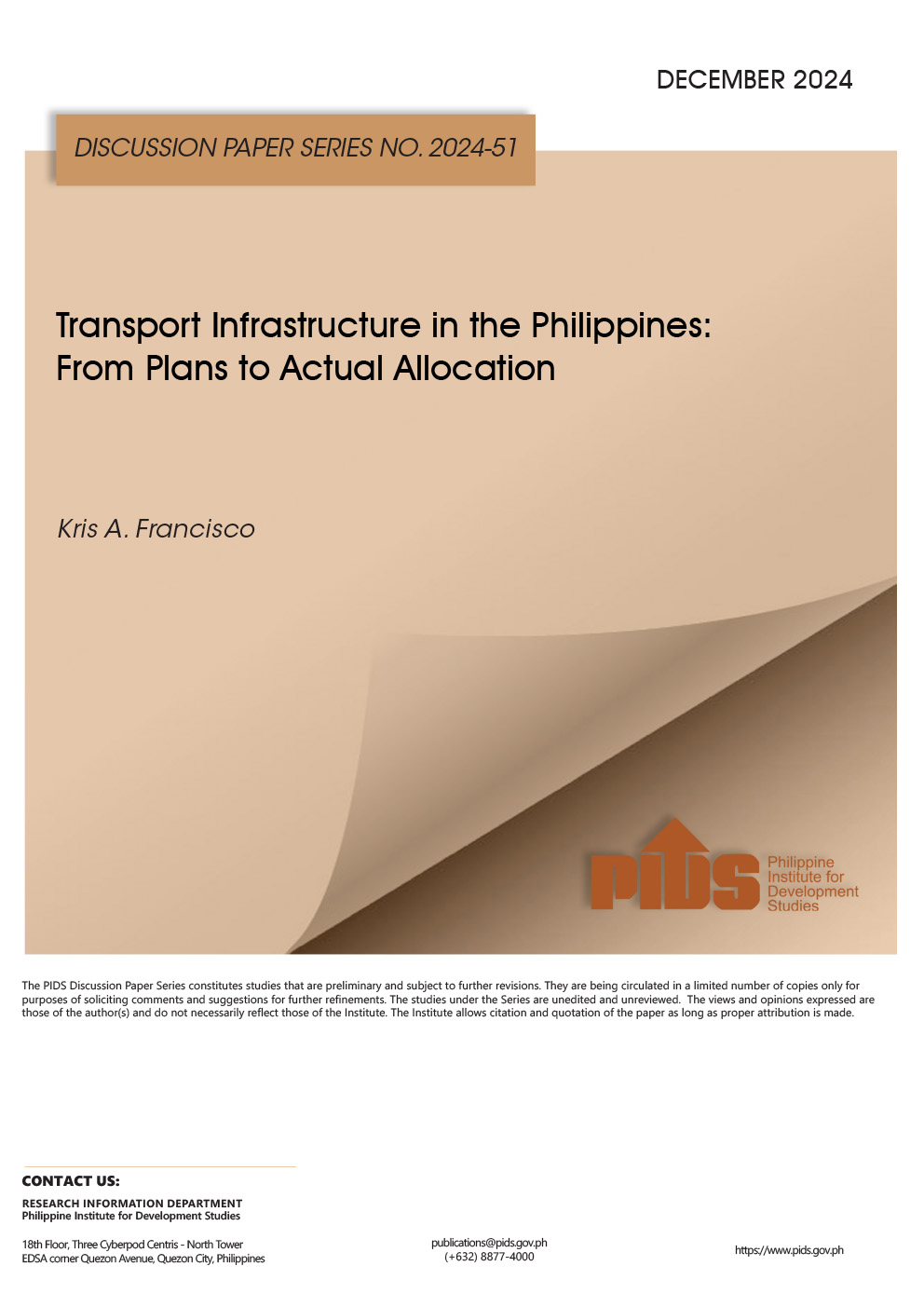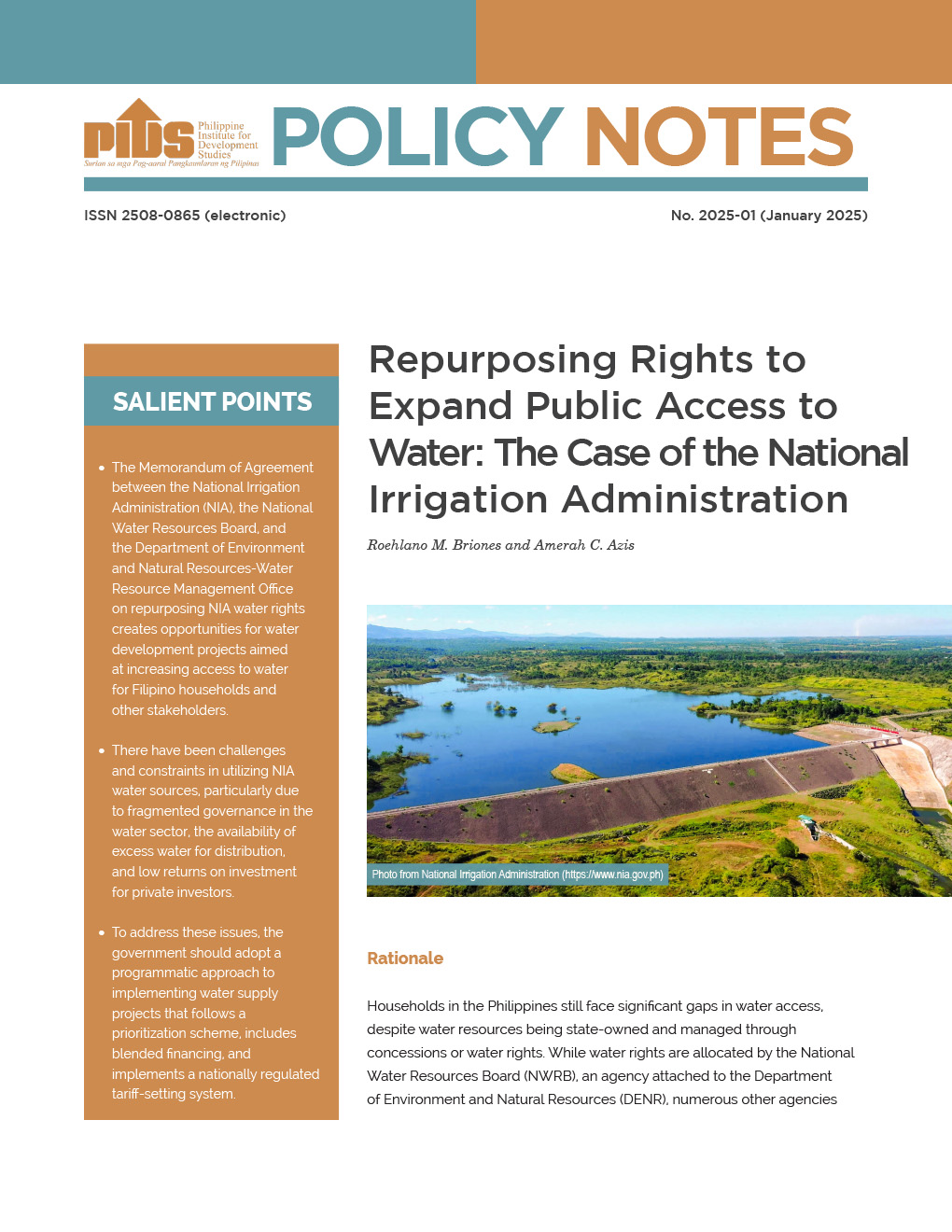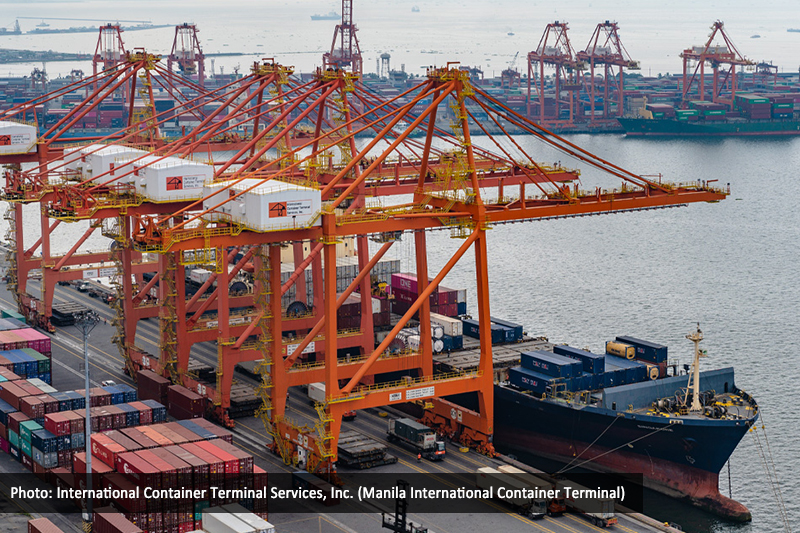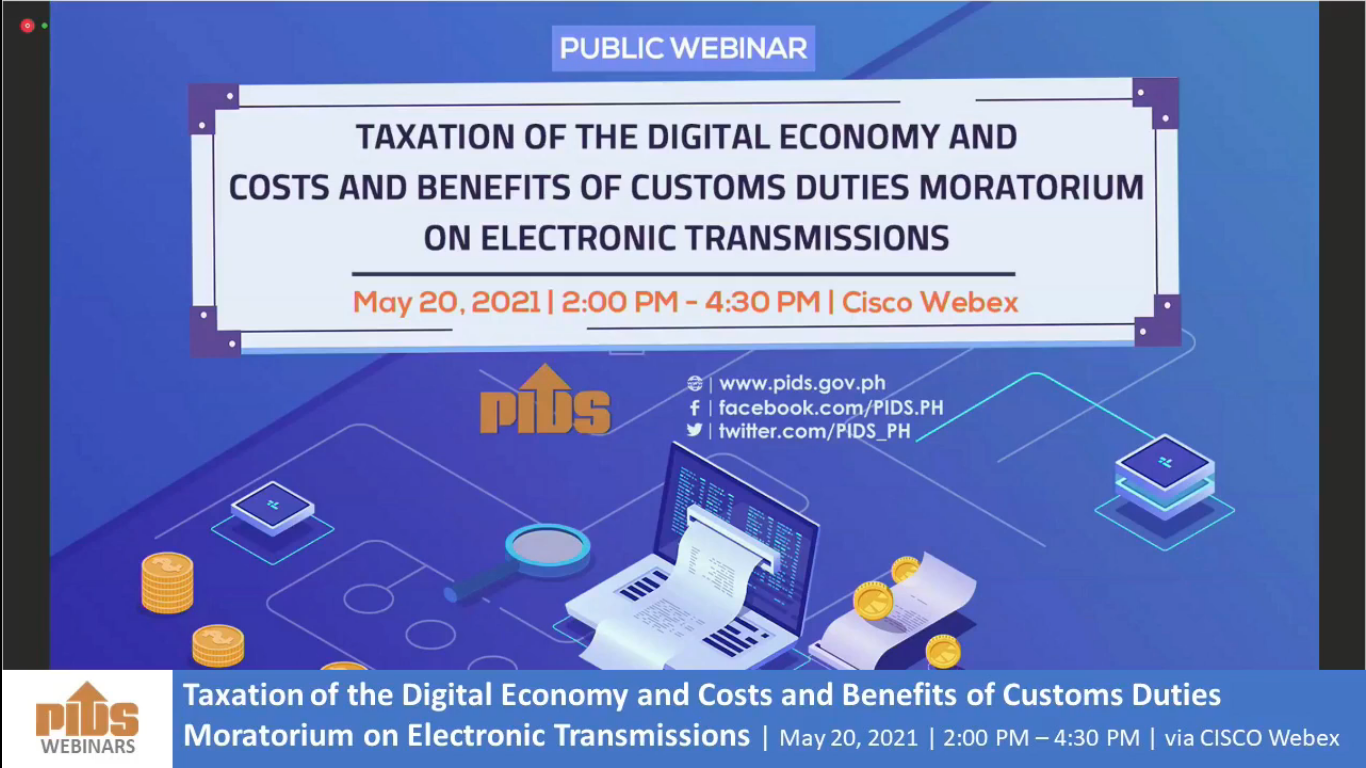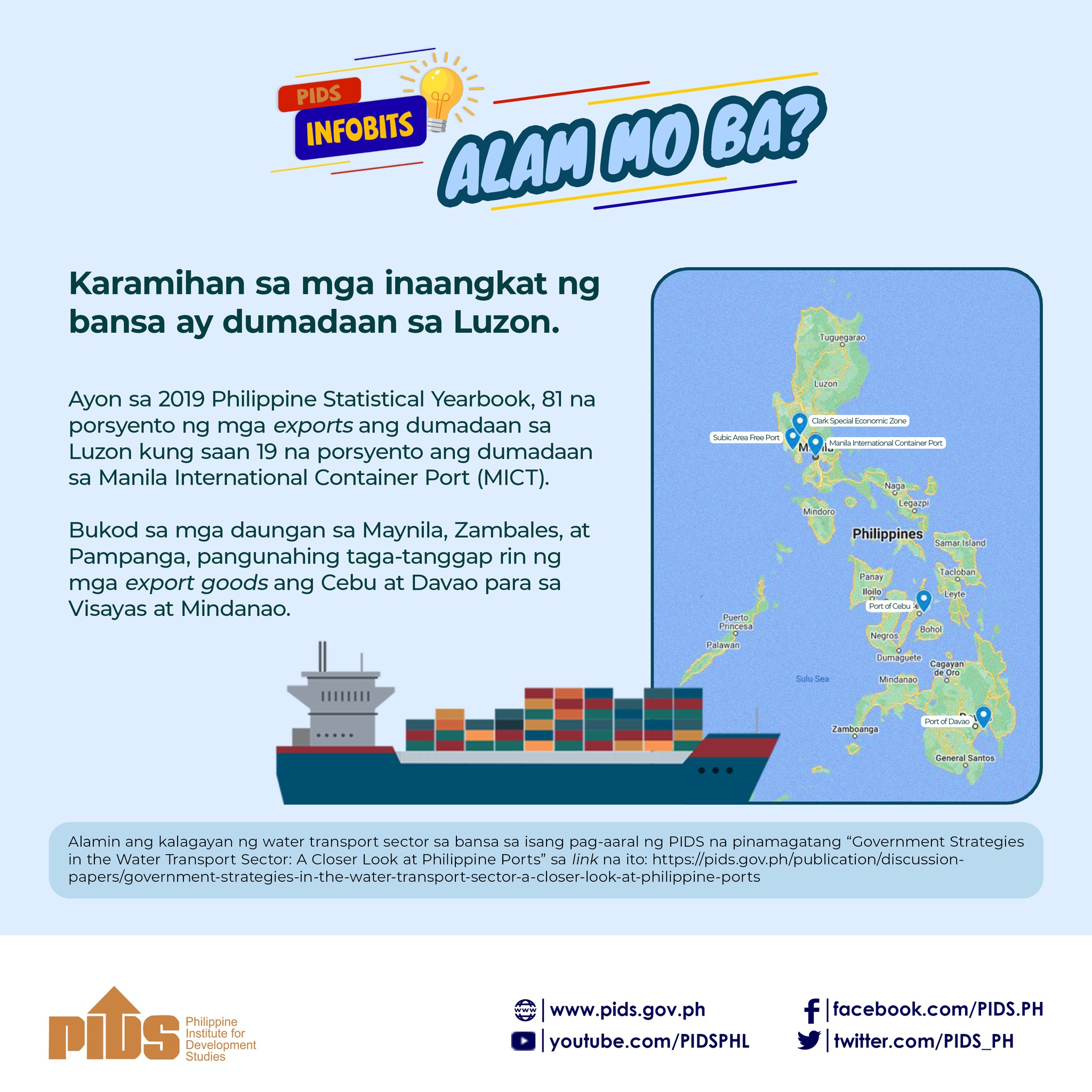THE Bureau of Customs (BOC) assured stakeholders on Tuesday that a repeat of the 2014 and 2018 port congestion will not occur due to the recent imposition of a truck ban on Edsa, Metro Manila’s main thoroughfare.
In a statement, the BOC said port congestion due to the truck ban could be averted as long as the agency keeps the yard utilization rate within the desired level in alignment with the global standard rate which does not exceed 70 percent.
The BOC said, however, that between December 1 and 13, the average yard utilization of Manila International Container Port (MICP) is “manageable” at 75 percent.
“To ensure the unhampered delivery of services and avoid possible port congestion, the bureau is closely coordinating with shipping lines and terminal operators as our proactive role in averting the unlikely event of port congestion,” Deputy Commissioner of Assessment and Operations Coordinating Group Edward James A. Dy Buco said.
The BOC said that in the Time-Release Study at the MICP, the average actual customs clearance time for importation is two days, 10 hours, and three minutes from the submission of Goods Declaration to issuance of clearance and three days, 13 hours, and 29 minutes on exportation.
The BOC said the immediate release of shipments greatly contributes in reducing congestion in the country’s ports.
Dy Buco also said the BOC directed the Customs Container Control Division (CCCD) of each port to ensure the loading out of empty containers. He added that all Assessment Offices personnel have been instructed to immediately process laden containers for prompt release to prevent them from piling up at the port.
Central Mail Exchange
Apart from these, the BOC and Philippine Postal Corporation (PHLPost) has decided to open the Central Mail Exchange Center (CMEC) Customer Care Center this December to cater to all transacting clients and attend to their inquiries and concerns.
The center will be equipped with information desks, joint directory, and informative monitors, among others, to complement stakeholders’ awareness to such.
Further, a study on the implementation of online payment of taxes in the Central Mail Exchange Center of parcel importations is ongoing to provide more options for the clients and improve facilitation of trade and collection of revenue.
“Concurrent with these initiatives, the CMEC also maximizes its information dissemination capability through placement of monitors, and process flow charts in conspicuous areas in the CMEC,” BOC-CMEC said in a separate statement.
An existing Customer Care Unit will also be operational to attend to concerns of postal item claimants while waiting for the inauguration of a new Customer Care Center.
The BOC-CMEC also improved its examination and assessment areas, lobby for claimants and current offices to boost the foregoing initiatives, and will continue to support the full automation and modernization programs of the BOC.
P43.85-billion loss
In 2014, a study by state-owned think tank Philippine Institute of Development Studies (PIDS) estimated that the economy lost P43.85 billion due to port congestion.
The congestion, the government said, was caused by the seven-month truck ban imposed by the City of Manila in 2014.
The researchers estimated that BOC losses cornered the lion’s share of the amount. The customs agency’s revenue losses reached an estimated P25.55 billion.
This was followed by output losses which reached P18.20 billion and vehicle operating costs, P0.99 billion during the seven-month period.
The truck ban in the City of Manila also caused other problems such as the doubling of shipping costs for 20-footer and/or 40 footer containers.
Prior to the truck ban, the study noted that shipping costs for these types of containers amounted to P18,000, but after the truck ban, the cost reached P36,000.
Customs insists truck ban on Edsa won’t lead to port congestion

